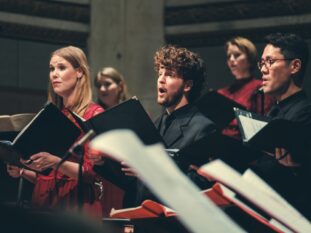The Castle from 1665 between fjord, mountains, glacier and waterfalls
Contrasts – interview with Leif Ove Andsnes about this year´s program
What inspired you to create the program “Contrasts” for this year’s festival?
In 2022 and 2023, we focused on programs centered around two iconic composers: Beethoven in ‘22 and Brahms in ‘23. While delving into their works was fantastic, I wanted to create a more varied and contrasting program this year.
Last year, I was intrigued by Hungarian music. Brahms’ music has many connections to Hungarian folk music, and we also performed several powerful works by György Ligeti, who would have turned 100 last year. Continuing along the Hungarian path became tempting. Additionally, knowing that we would have the Norwegian Soloists’ Choir with us this year, I was eager to explore programs featuring Johann Sebastian Bach.
The title “Contrasts” is taken from Bela Bartok’s piece, which we’ll perform during the opening concert, and it aptly reflects the overall diverse and contrasting nature of the program.
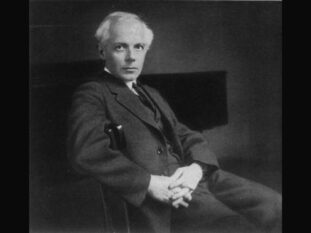
Béla Bartók, 1927
What do you appreciate about Hungarian music?
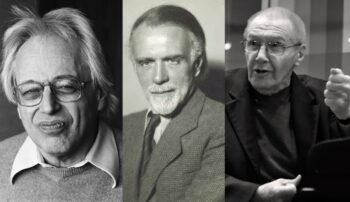
György Ligeti, Zoltán Kodály and Kurtág György.
Where does Franz Liszt fit in here? He is not exactly known for his chamber music.
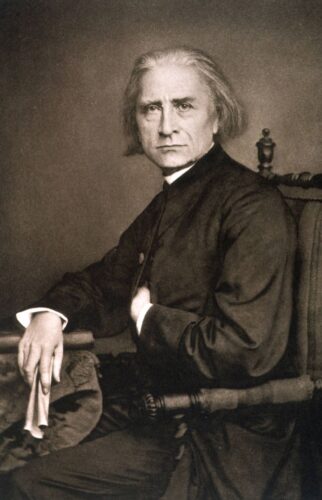
Franz Liszt, 1870
In the middle of the festival, we will hear three programs with works by Bach, and also some Bach transcriptions in other programs. Tell us more.
When it became clear that the Norwegian Soloists’ Choir would be part of the festival, I felt inspired to create some concerts featuring Bach—both instrumental music and choral works. I’m looking forward to hearing the gamba sonatas, harpsichord concertos and cello suites in the beautiful medieval church. Initially, motets and cantatas were on the choir’s program draft, but it became very tempting to perform the St. John Passion, especially since this year marks the 300th anniversary of its first performance. Personally, I have a strong connection to Bach’s two great passions, the St. Matthew and St. John Passions. There are few works in our classical music tradition that mean as much to me. I think I was around twenty years old when I first heard the St. John Passion, in the fantastic recording by John Eliot Gardiner and the Monteverdi Choir from 1985. I remember listening to the opening chorus repeatedly, mouth agape. The pulse in the bass, the undulating strings, the two oboes cutting through like nails through the hands on the cross, the outbursts in the choir—it’s overwhelming. The work is more compact than the St. Matthew Passion, and I love its austerity. The action propels forward with great tension, while arias and chorales provide moments of calm and reflection. The shifts between unrest and tranquility in the work are powerful and moving.
The St. John Passion and Via Crucis. Has this partly become an Easter festival?
In a program on Thursday, we find the pairing of Kurtág and Robert Schumann. Are there any similarities to be found between these two composers?
Yes, for me, there’s a kinship. Both composers often write shorter pieces, fleeting miniatures. They both create intensely personal music. They use programmatic titles that often relate to specific people or events, inviting us into a private world. We know that Schumann used small themes in his pieces that his wife Clara would immediately understand the significance of. Kurtag’s short pieces also seem to be inspired by those closest to him, like all his “Hommáge a…” pieces, written as greetings or in memory of people in his circle. And Kurtag’s “Hommage a R Sch” (Robert Schumann) is a brilliant tribute from one composer to another, where Kurtag uses themes and musical figures from Schumann’s world.
We will hear Ruth Wilhelmine Meyer at the festival, both as a composer and singer.
Ruth Wilhelmine Meyer is literally a unique voice in our music scene. Her voice has an enormous range, and she uses it in unconventional ways, from the most delicate whispering to raw throat singing. She has a very clear vision for what and where she wants with her compositions, but improvisation is also an important part of her universe. It will be nice to present Ruth Wilhelmine in different ways during the festival. The Soloists’ Choir will perform her “Lokeslottet,” which they premiered last year. She will give solo performances, and she explores folk music in collaboration with Hardanger fiddle player Aleksander Aga Røynstrand. And I will have fun with her in “In the Hall of the Mountain King.” She takes inspiration from Grieg’s music, but even more from Ibsen’s story and roles. I had a preparatory work session with her this spring on this, and I was very impressed by her approach to entering this well-known material. One thing I am sure of: this “Mountain King” will not be boring!
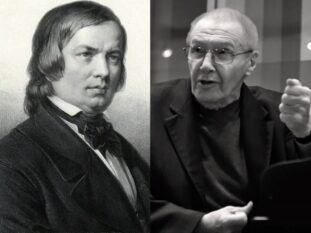
Robert Schumann and György Kurtág
It has become a large festival this year, with about 60 singers and musicians.
Yes, this year’s festival is ambitious and a big effort for us. There will be 45 people on stage during the performances of the St. John Passion. We have never been close to that in our hall. I am as excited as a child for the concerts with the Passion, and for much else.
Our festival audience includes chamber music enthusiasts from both home and abroad, as well as those new to classical music but eager to soak in the festival atmosphere. The beauty of music lies in its unpredictability; even meticulously planned programs can yield unexpected experiences. Rest assured, Rosendal will resonate with countless “goosebump” moments this summer!
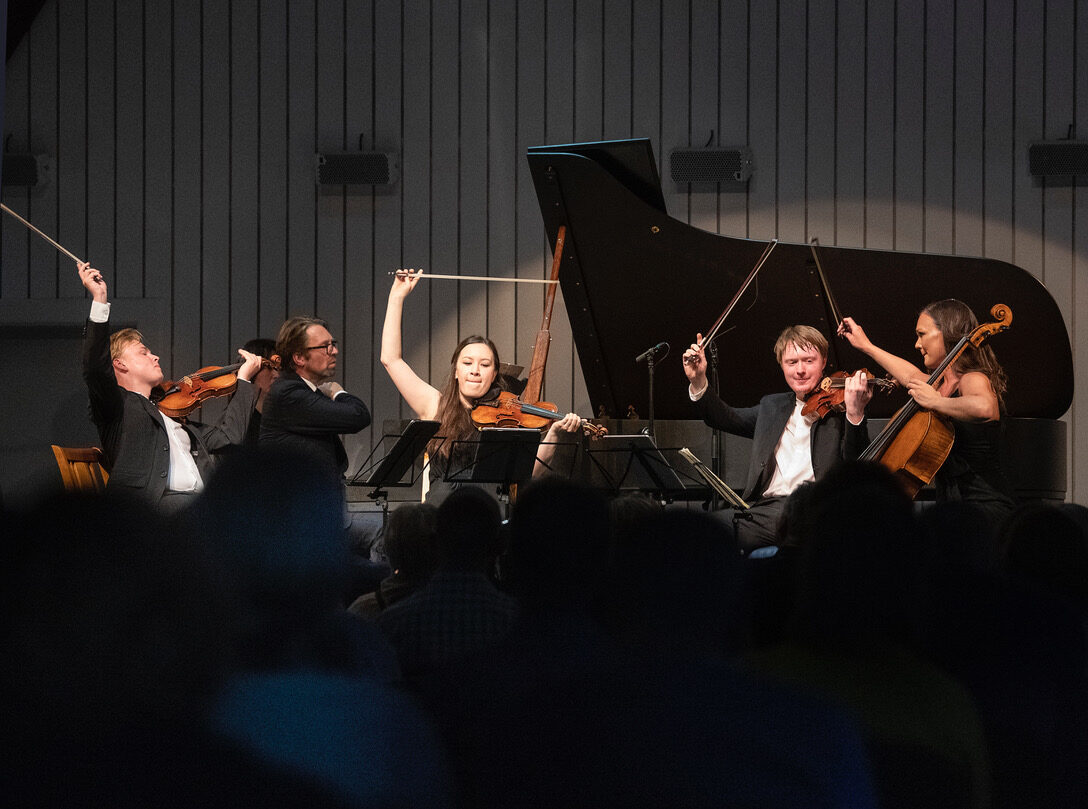
Photo Credit: Liv Øvland
